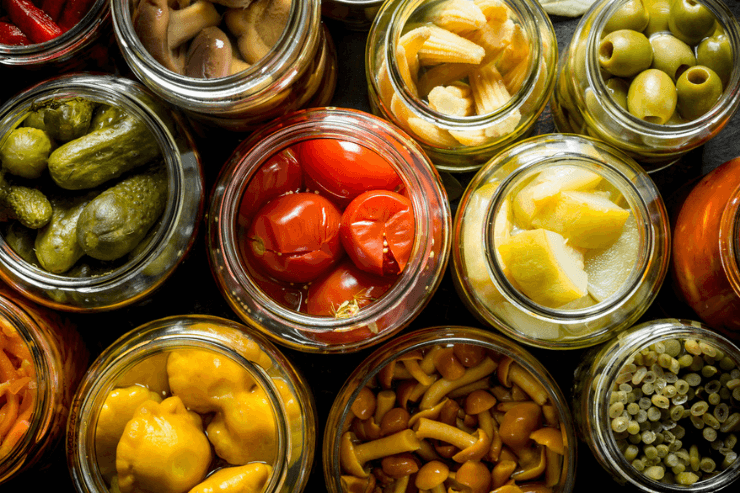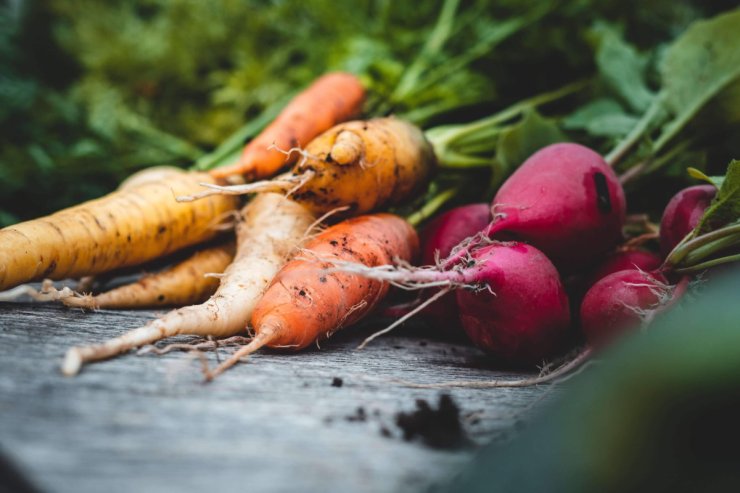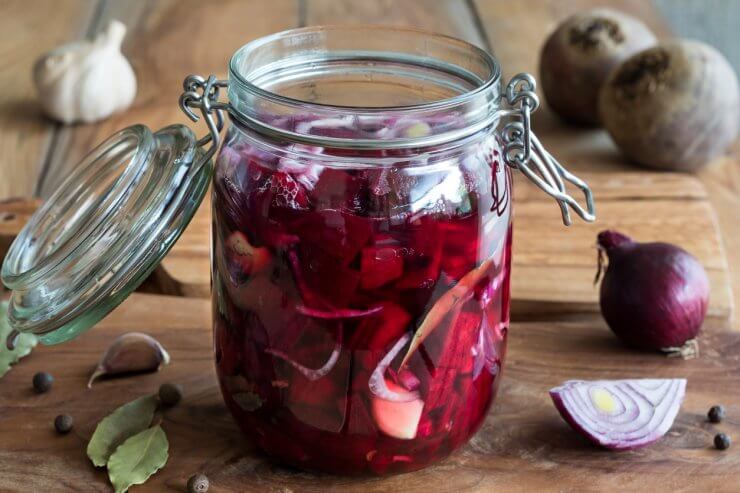
Pickling is having a moment, and it’s no longer confined to grandma’s cellar or dusty jars in a pantry. Across America, home gardeners are diving into this tangy tradition with relish (pun intended). From small-scale home kitchens to thriving farm stands, pickling is now a culinary adventure that combines creativity, preservation, and a splash of science.
Fun Facts About the Rise of Pickling
- Pickling Popularity Boom: According to recent food trends, pickled vegetables are among the top five condiments Americans love to enjoy, with pickled cucumbers, carrots, and peppers leading the way.
- Regional Revival: Artisan pickle shops are popping up in urban and rural areas alike, offering everything from traditional dill pickles to pickled peaches, ramps, and even eggs!
- DIY Pickling Kits: Online sales of pickling kits have skyrocketed, suggesting that more people than ever are keen to try their hand at creating their own pickled masterpieces.
The Art and Science of Pickling: A Quick Overview
Pickling is an ancient method of preserving food that involves soaking produce in a brine or vinegar solution. There are several types of pickling, ranging from quick pickles (or “refrigerator pickles”) that can be ready in a matter of hours to fermented pickles that take weeks to mature. Here’s a breakdown:
- Quick Pickling: Ideal for beginners, this method uses vinegar, water, salt, and sugar to create a brine. Popular choices include cucumbers, radishes, and red onions.
- Fermentation: For the patient pickler, fermentation relies on natural bacteria to preserve food. Classic examples are sauerkraut and kimchi, often made with cabbage and a variety of spices.
- Lacto-Fermentation: This method is more complex and requires precise temperatures and salt ratios. Think kosher dill pickles or traditional fermented carrots.
- Large-Scale Pickling: This involves creating brines in bulk, often using barrel or vat systems, popular with farm-to-table restaurants and small-scale commercial producers.

What’s in the Pickling Pot? Popular Vegetables for Pickling
Home gardeners are pickling up a storm, and their gardens are yielding a diverse array of produce for the pickle jar:
- Cucumbers: The classic choice, perfect for crunchy dill pickles or bread-and-butter varieties.
- Carrots: Often paired with dill and garlic for a savory twist or spiced with cinnamon for a sweeter treat.
- Beets: Vibrant and earthy, often pickled with cloves and a hint of sugar.
- Green Beans: Known as dilly beans, these make an excellent snack or Bloody Mary garnish.
- Cauliflower: A favorite for mixed vegetable pickles, often accompanied by carrots and pearl onions.
Pickling Secrets from Small Farmers and Home Gardeners
In a recent survey of small-scale farmers and avid gardeners, several shared their pickling passions and secrets:
- Emily from Vermont: Emily swears by her “Summer Garden Mix,” which includes cucumbers, cherry tomatoes, and zucchini pickled with rosemary, thyme, and a touch of lemon zest. Her jars are a hit at local farmers’ markets.
- Carlos from Texas: Carlos specializes in pickled jalapeños and carrots. His secret? Adding a few slices of fresh garlic and a splash of apple cider vinegar for extra tang. He sells his jars at his roadside stand and uses them in his family’s taco recipes.
- Maya from California: Maya’s fermented kimchi has a loyal following. She grows her own Napa cabbage and seasons her batch with ginger, garlic, gochugaru (Korean chili powder), and a touch of shrimp paste.
- Frank and Sally from Ohio: This couple started pickling green beans and okra as a hobby but now supply pickled products to local breweries that serve them as bar snacks.

Preparation of fermented beets in a glass jar
Invitation to Share Your Pickling Stories
We know our Food Gardening Network readers are brimming with creativity! We’d love to hear about your pickling adventures:
- What’s your favorite vegetable to pickle, and what makes it special?
- Have you discovered a farm stand or small producer with pickles you can’t get enough of?
- Share your best pickling tips, recipes, or stories in the comments section—we may feature your ideas in a future article!
Whether you’re a seasoned pickler or just starting to brine your first cucumber, the world of pickling offers endless possibilities. It’s a delicious way to preserve your harvest, explore new flavors, and keep your garden alive long after the growing season ends. Let’s raise a jar to this tart and tasty tradition!


 Previous
Previous

